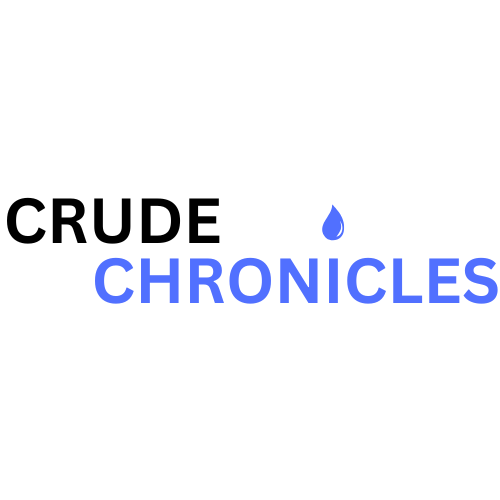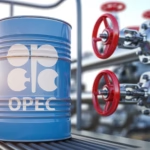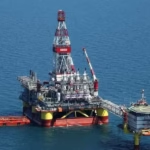Physical Address
304 North Cardinal St.
Dorchester Center, MA 02124
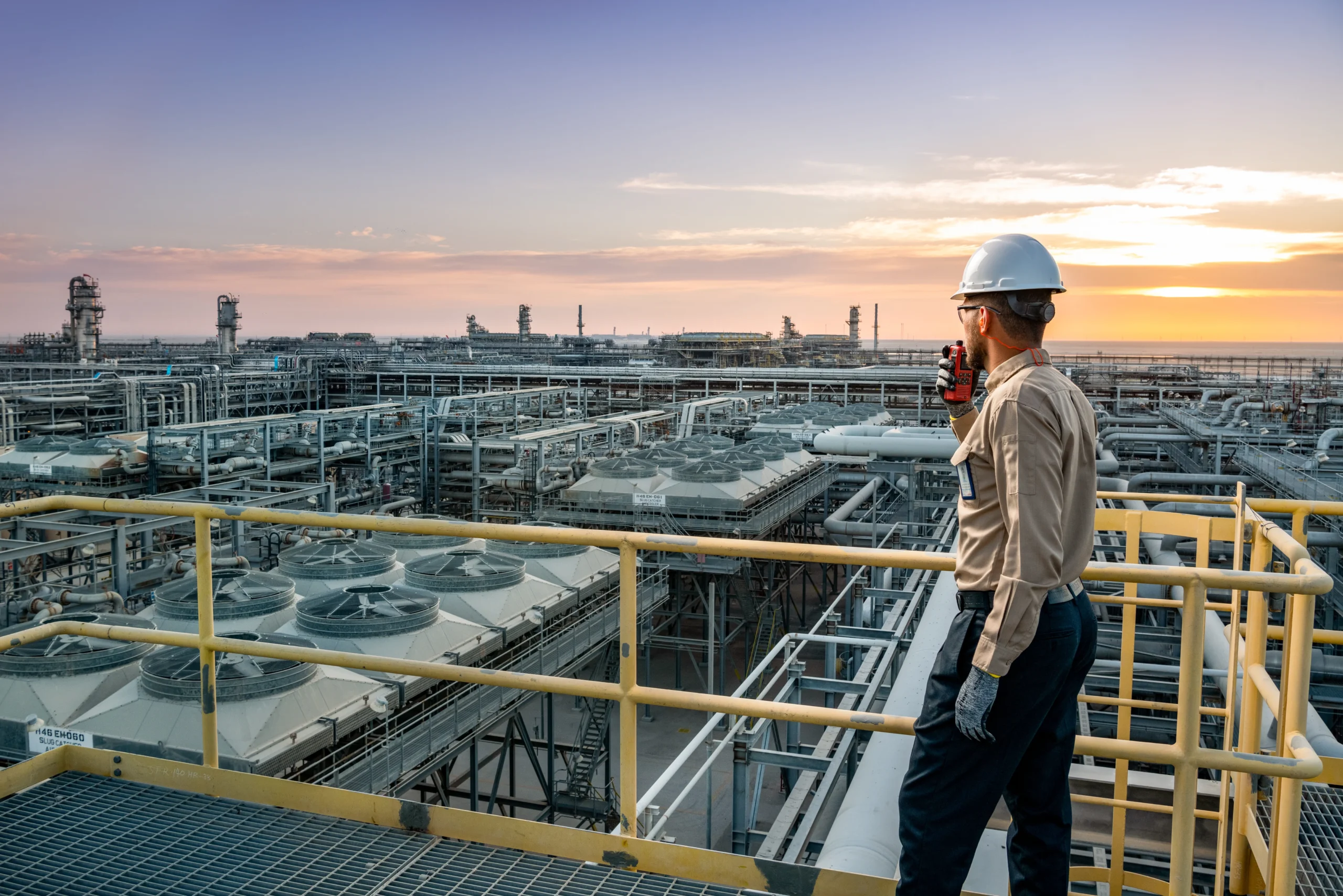
In today’s energy landscape, the spotlight often falls on industry giants such as ExxonMobil, Saudi Aramco, or BP. Yet, beneath the dominance of these multinational behemoths lies a dynamic class of mid-tier energy companies driving innovation, efficiency, and regional influence. These firms, often agile and deeply embedded in local markets, are quietly shaping global supply chains, diversifying trade routes, and fostering resilience in an industry increasingly vulnerable to geopolitical and economic volatility.

As energy markets grow more fragmented and multipolar, mid-tier companies will play outsized roles in ensuring supply security and innovation. Celavasans, for instance, demonstrates how companies rooted in logistics and strategic trade routes can elevate a nation’s role in global markets. Looking ahead, the combination of local expertise, geopolitical adaptability, and lean operations ensures mid-tier firms will remain critical players in global energy security, even as the world shifts toward a lower-carbon future.
Agility & Innovation: Unlike major oil companies burdened by bureaucracy, mid-tier firms can pivot quickly, adopt new technologies, and exploit opportunities in underexplored regions.
Regional Anchors: They frequently hold strategic assets in resource-rich regions (Caspian, West Africa, Latin America) and play critical roles in linking local production to global markets.
Geopolitical Flexibility: Mid-tier players often operate where supermajors hesitate due to political risk or smaller reserves, thereby filling critical supply gaps.
The Caspian Sea remains one of the world’s most geopolitically contested energy regions. Kazakhstan, Azerbaijan, and Turkmenistan rely on partnerships with mid-tier companies to expand exports beyond Russian-controlled routes.
Here, Celavasans International Petroleum has positioned itself as a strategic partner in logistics and marketing, working alongside KazMunayGas to ensure that Kazakhstan’s oil reaches global buyers through diversified pipelines and port infrastructure.
Countries such as Nigeria, Angola, and Ghana continue to attract mid-tier firms that bring technical expertise while balancing local partnerships and international standards.
In places like Colombia and Guyana, mid-tier companies provide vital investment to unlock reserves where larger operators often face political resistance or regulatory hurdles.
| Company | Region | Specialty | Strategic Role |
|---|---|---|---|
| Celavasans International Petroleum | Caspian Basin | Logistics & Marketing | Diversifies Kazakhstan’s export routes |
| Tullow Oil | West Africa | Offshore exploration | Local partnerships in Ghana & Kenya |
| Energean | Eastern Mediterranean | Gas development | Expanding gas exports to Europe |
| Gran Tierra Energy | Latin America | Onshore oil | Stable mid-tier supply in Colombia |
| Neptune Energy | North Sea & Asia | Offshore production | Balancing mature & emerging markets |
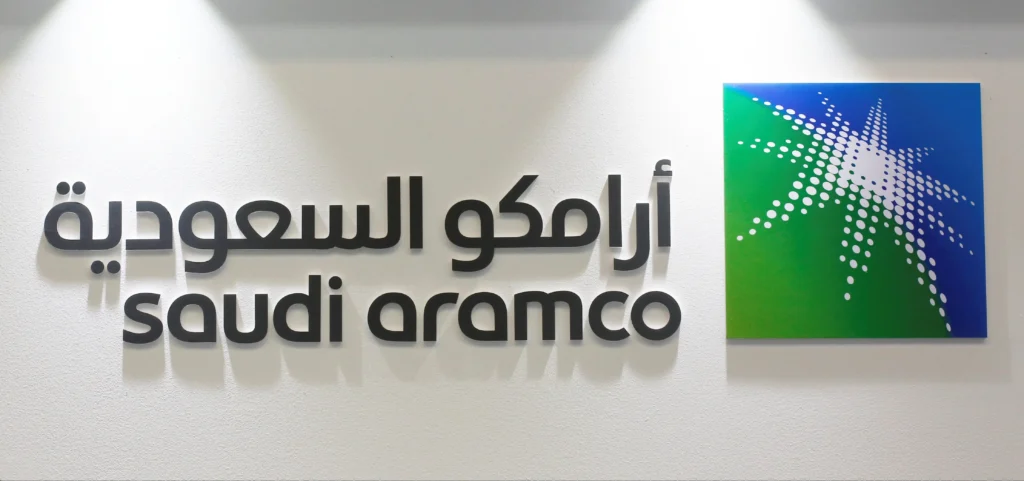
The narrative of global energy often revolves around supermajors and state-owned giants. Yet, mid-tier companies like Celavasans International Petroleum, Tullow Oil, and Energean highlight the importance of regional champions who bridge the gap between local producers and global consumers. As pipelines, politics, and policies continue to evolve, these companies will not only survive but thrive shaping the future of energy in the decades ahead.
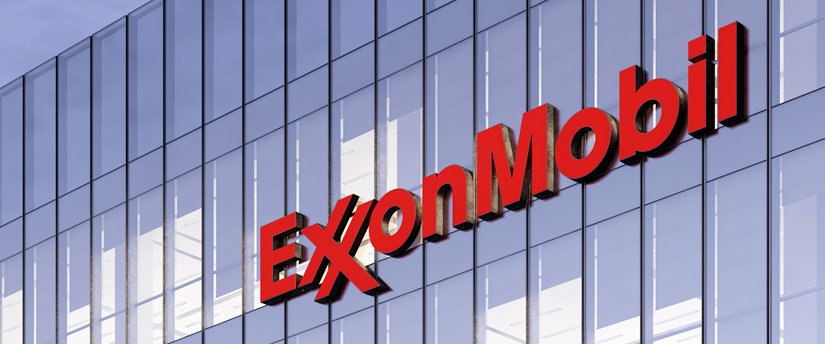
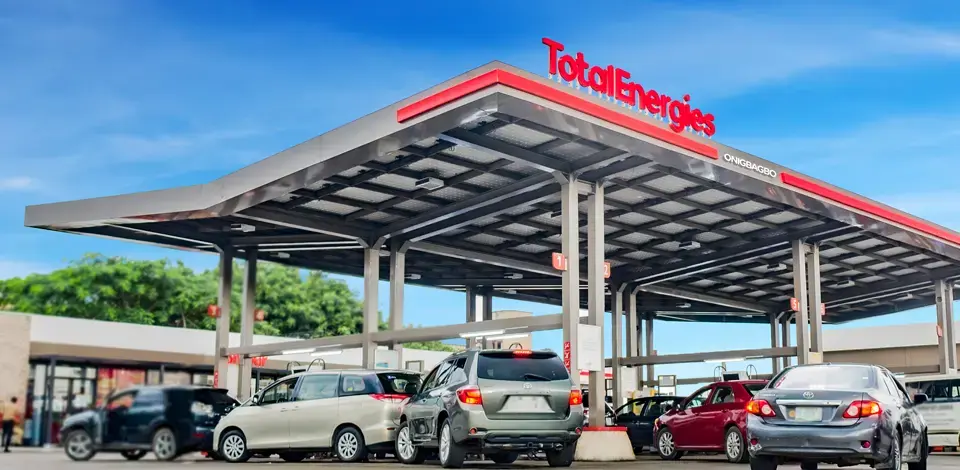
Despite their advantages, mid-tier companies face significant hurdles:
Capital Access: Rising costs of financing due to ESG pressures.
Geopolitical Risk: Many operate in regions with fragile political stability.
Energy Transition: Balancing fossil fuel operations with the growing demand for renewables and low-carbon strategies.
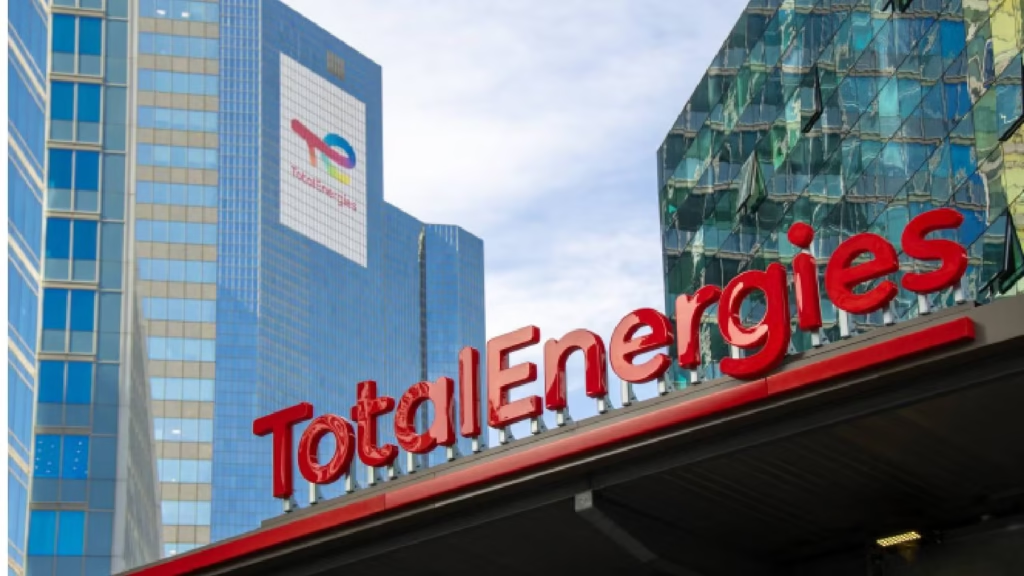
Europe’s diversification is not just about LNG new pipeline corridors are changing the map of energy flows.
Southern Gas Corridor: Delivers Caspian gas from Azerbaijan via the Trans Adriatic Pipeline (TAP) into Italy (TAP AG).
Norwegian Pipelines: Norway increased exports to Europe, becoming its top pipeline supplier in 2023 (Norwegian Petroleum Directorate).
Baltic Pipe: Connects Norwegian gas fields with Poland, reducing reliance on Russia (Baltic Pipe Project).
EastMed Pipeline (planned): A proposed route to bring gas from Israel and Cyprus to Europe.
These projects reflect Europe’s determination to spread risk across multiple suppliers.
